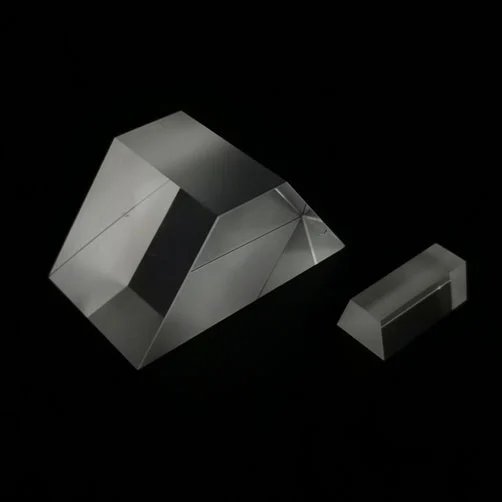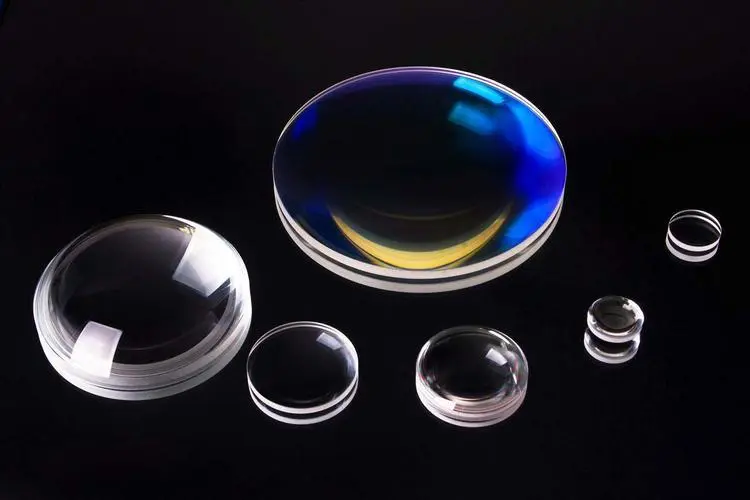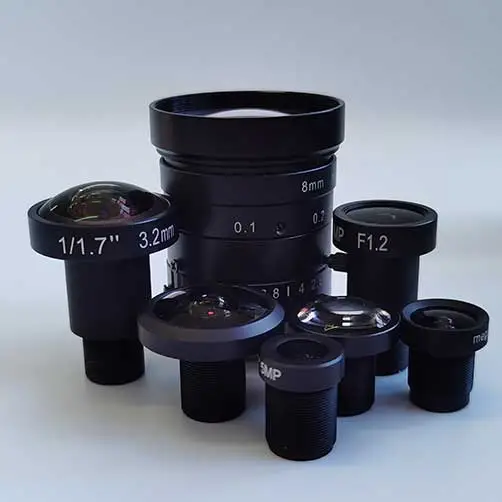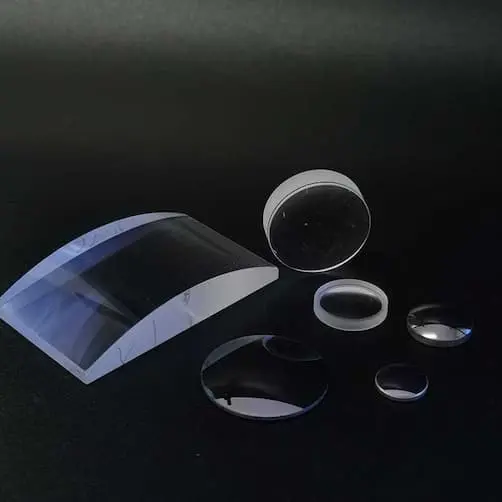
Optical Prism: A piece of glass or other transparent material cut at precise angles and planes in optics that can be used to analyze and reflect light, and ordinary triangular prisms can split white light into its constituent colors, known as spectrum.
Each of the colors or wavelengths that make up white light is bent or refracted, but by different amounts, with shorter wavelengths (those towards the violet end of the spectrum) bent the most, and longer wavelengths (those towards the red end of the spectrum) bent the least.
Such prisms are used in certain beam splitters, instruments that analyze light, and to determine the identity and structure of materials that emit or absorb light.
Optical prisms refract light to reflect (reflecting prisms), disperse (dispersing prisms), or split (beam splitters) light.
Prisms are usually made of glass, but any material can be used as long as the material is transparent and suitable for the designed wavelength, common materials include glass, plastic, and fluorite.
Optical prisms are useful in binoculars because they can reverse the direction of light through internal reflection.
Depending on the application, optical prisms can be made in many different forms and shapes, for example, a Porro prism consists of two prisms that both reverse and reverse the image, and are used in many optical viewing instruments among others, such as periscopes, binoculars and monoculars.
Prisms are polyhedrons made of transparent materials, mainly made of glass and crystals, etc., and are composed of polished planes that meet in pairs at precise angles, which can turn or deviate from light, invert or rotate images, and combine Light is split into spectra and separated polarization states.
At present, the application of prisms is very common, ranging from small to life, to high-tech, and in the optical industry, the application of prisms is also very extensive. Today, let's take a look at what matters should be paid attention to in the application of optical prisms?
In the optical industry, prisms can be divided into many types according to their properties and uses, such as dispersive prisms that decompose compound light into spectra in spectroscopic instruments.
In periscopes, binoculars and other instruments, the direction of light can be changed to adjust its imaging position, which is called total reflection prism;
The commonly used right-angle prism has the function of light reflection, and is often a substitute for the transmitting mirror, the reflector of small optical systems; the corner prism is like a hollow reflector, which has the function of returning light, and is often used for interferometer or distance measurement. equal reflector;
Equilateral dispersive prisms are mainly used to separate wavelengths, and are often used in spectrometry to compensate for light dispersion;
Like Dowell prisms, pentagonal prisms, etc., they have their own special effects, which are used for image rotation or reversal.
Prisms can be divided into many types according to other uses, properties, shapes, etc. Different optical prisms have different uses. When using them, you must understand the properties of different prisms, and choose the appropriate one according to the effect you want.



